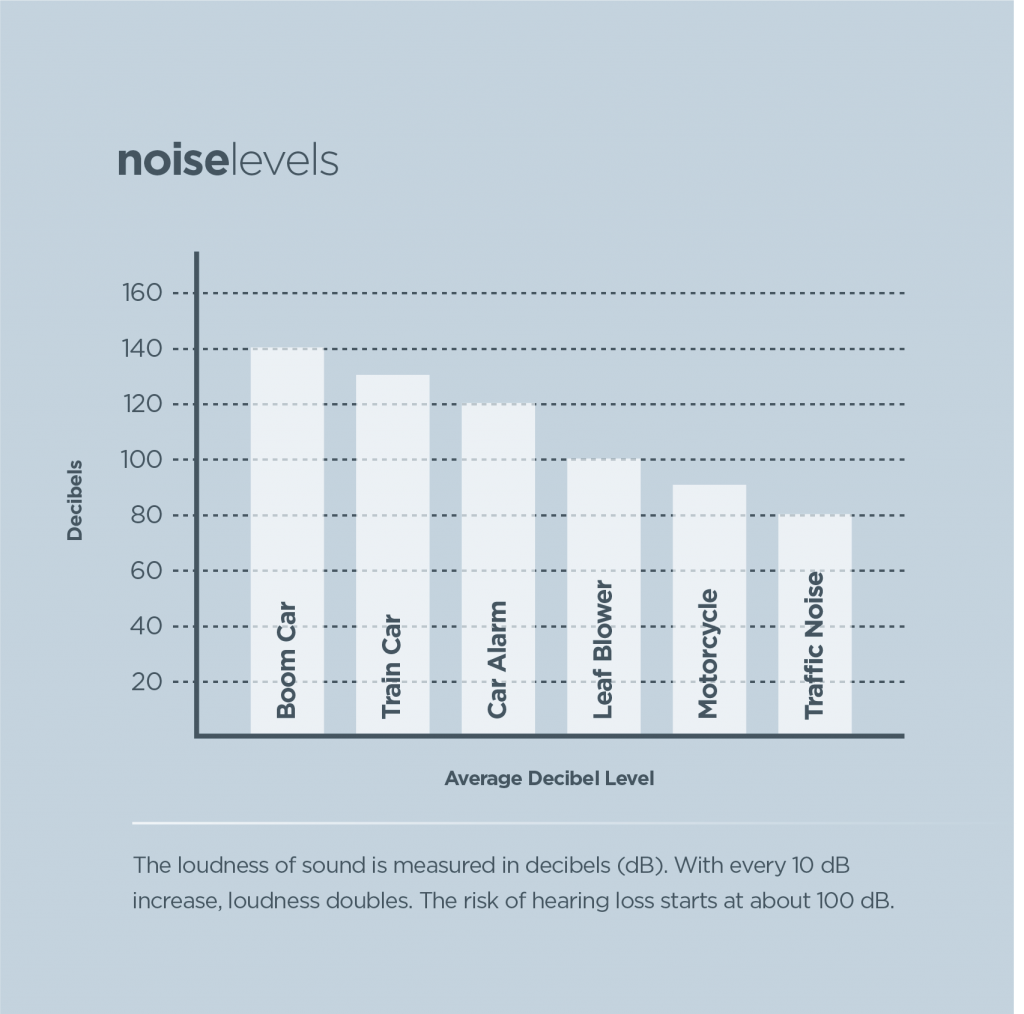The Most Efficient Pressure Cleaning Practices For Every Surface Classification
The Most Efficient Pressure Cleaning Practices For Every Surface Classification
Blog Article
Write- https://9now.nine.com.au/the-block/how-to-clean-couch-hack-baking-soda-deodorise-tiktok-video/c840ad30-757f-4eeb-a0c1-adb218165f66 Written By-Hyde Puckett
When it concerns push cleaning, the method you choose can make all the distinction in accomplishing a tidy, streak-free finish. You might find that hard surfaces, like concrete, call for a various approach than softer materials, such as wood or vinyl. It's important to adapt your approaches to the surface type to prevent damages while making the most of cleaning effectiveness. So, what are the best strategies for every surface, and how can you guarantee you're utilizing the ideal settings and tools for the task? Allow's discover what you require to know to obtain the very best outcomes.
Hard Surface areas
When it involves pressure cleaning hard surfaces, preparation is vital. Prior to you even think of pulling out the pressure washing machine, take the time to remove the area of any type of particles, furnishings, or challenges. stain removal avon ct don't want anything entering your way or potentially destructive your tools.
Next off, examine the surface area for any type of splits or damage; this will assist you determine the ideal technique and stress setups.
Once you have actually prepared the location, it's essential to pick the ideal nozzle. For find more information like concrete or block, a slim nozzle (15 or 25 degrees) functions best to provide a focused stream of water that can properly remove gunk and discolorations. Constantly start at a distance and progressively move closer to avoid any surface damages.
As you begin washing, keep the stick moving to stop touches and over-saturation. It's also helpful to function from the top down, permitting dust and debris to get rid of naturally.
Lastly, bear in mind to wash the surface completely after cleaning to eliminate any kind of leftover detergent. With these techniques, you'll achieve a tidy and refreshed appearance on all your difficult surfaces.
Soft Surfaces
Pressure cleaning soft surface areas needs a gentler method to secure them from damage. Whether you're cleansing your deck, patio furniture, or exterior siding, making use of excessive pressure can cause damages, scrapes, or even permanent damage.
Beginning by picking a low-pressure nozzle, ideally a 25-degree or wider spray pattern, to spread the water extra gently.
Before you begin, it's vital to pre-treat any kind of stains with a suitable cleansing remedy. This action allows the cleaner to permeate the dirt and crud, making it simpler to get rid of without scrubbing also hard.
Constantly use the solution from all-time low up to stop spotting.
When you begin stress cleaning, preserve a range of a minimum of 12 to 18 inches from the surface area. Move your stick in a sweeping motion, maintaining it parallel to the surface area to avoid concentrated pressure on one spot.
Wash the location thoroughly after cleaning to get rid of any type of residual cleanser.
Last but not least, examine the surface area for any type of missed places and duplicate the process if essential. By adhering to these actions, you can effectively clean soft surface areas while preserving their stability and look.
Specialty Surfaces
Cleaning up soft surface areas requires care, however specialty surface areas require even more focus to information. When you deal with these surfaces, like delicate timber, stained concrete, or certain kinds of exterior siding, making use of the right stress washing methods is critical to stay clear of damage.
Initially, evaluate the material. As an example, treated wood can often endure moderate pressure, however softer timbers like cedar might need a lower setting. Always start with the most affordable stress and progressively enhance if required.
For tarnished concrete, utilize a follower spray nozzle and keep a consistent range to avoid engraving the surface.
When dealing with surfaces like vinyl exterior siding or repainted surfaces, a vast spray pattern aids disperse the pressure evenly, securing the surface.
It's also smart to utilize cleaning agents particularly designed for specialty surface areas. They can improve cleaning without compromising the material.
Wash thoroughly after washing to get rid of any kind of residue, as it can cause staining or damage gradually.
Conclusion
In conclusion, grasping pressure washing techniques for various surfaces can make all the distinction in your cleaning results. For difficult surface areas, stay with narrow nozzles and a top-to-bottom strategy, while soft surfaces need a gentler touch with bigger nozzles. Don't fail to remember to pre-treat spots and wash extensively to avoid deposit. By adapting your techniques to each material, you'll not only attain a cleaner surface but likewise secure the honesty of your surfaces. Pleased cleansing!
